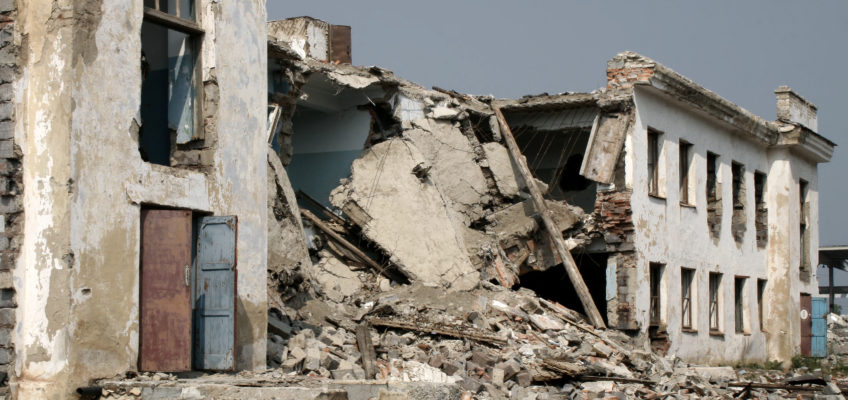Why do earthquakes cause structural damage?
There is no denying that earthquakes have the power to cause drastic damage to both people and structures. It is important to know why earthquakes cause structural damage. To that end, read on to learn why earthquakes are huge hazards and can cause monumental damage to various structures like buildings, villas, towers, dams, etc.
Ground Shaking
The consequence of ground shaking is one of the primary reasons why earthquakes lead to structural damage. Buildings and other man-made structures on the ground can get damaged by the ground shaking itself. Furthermore, the ground beneath the structure finally settling to a completely different level than it was prior to the earthquake can also cause structural damage.
Flooding
Flooding is another important earthquake hazard you need to know about that can cause significant structural damage. What happens is that the earthquake can rupture leeves or dams present along a river. The water from the reservoir or river will then flood the place. As a result, that would severely damage a number of different structures and even drown or sweep away people as well!
Seiches and tsunamis can also lead to considerable structural damage. The majority of the individuals consider a tsunami as a tidal wave. However, you might be surprised to know that it has nothing to do with the ocean’s tides. It is a very big wave that an earthquake causes. This earthquake generates under the surface of the ocean. Tsunamis can be quite high when they strike the shore (sometimes, about 10 feet high!). Hence, they can cause paramount damage to various structures and everything else present on the coastline.
Liquefaction
Buildings, towers, bridges, and other structures can even sink under the ground level if soil liquefaction takes place. So what exactly is liquefaction? It is the mixing of soil or sand and water under the ground during the shaking of a strong or moderate earthquake. When soil and this water mix, the ground tends to become quite soft and acts like quicksand.
If liquefaction takes place under a building structure, it might begin to tip over, lean, or even sink several feet down. The ground level will again firm up after the passing of the earthquake and when the water has settled again to its normal area deep in the ground. Here is no doubt that liquefaction is quite a hazard to various structures in those places that have groundwater near the sandy soil and surface.

